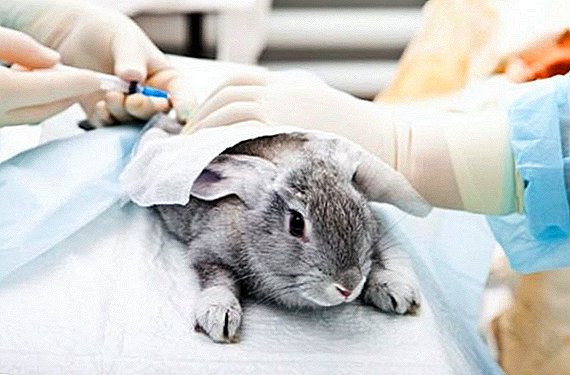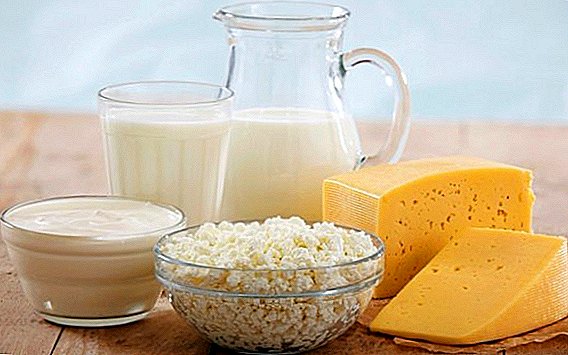 The sole purpose of broiler chicken breeding is to obtain the maximum amount of meat in a short period, therefore systematic daily and monthly monitoring of the weight gain of birds is extremely important. This allows you to timely make the necessary adjustments to their diet, to monitor its caloric and nutritional saturation.
The sole purpose of broiler chicken breeding is to obtain the maximum amount of meat in a short period, therefore systematic daily and monthly monitoring of the weight gain of birds is extremely important. This allows you to timely make the necessary adjustments to their diet, to monitor its caloric and nutritional saturation.
How to measure broiler weight
There are several ways to measure. Consider them.
- Electronic weighing scales are used for weighing chickens (whether there is a cup or not — it does not matter much), spring scales, mechanical or kantar.
- For very young use a bag of gauze, which has a dense bottom and there are handles. The chick is placed in the bag, hooks hook on the handles and lift.
- For weighing with the help of mechanical devices or kantari, they use an ordinary shopping bag with small openings, so that the hen inserts its legs there, they fix in them, and the bird behaves calmly during weighing.
- If electronic weighing instruments are used, a box with a lid is usually used. The empty box is weighed first, and then with the bird.
Important! “Control weighing” is done either daily or every decade.
Weight control broilers
This is one of the features of growing broiler chickens, allowing time to identify and eliminate errors in the feeding and maintenance of birds, as well as to carry out timely adjustment of their diet.
Birth mass
It is desirable, of course, immediately after the birth of the chicken to determine its mass. To do this, use one of the following methods. Attention should be paid even to the smallest deviation of the weight of the weighed chicken from the standard indicator. The revealed anomaly will indicate that in the future the bird will have either a greater or a smaller mass than the “peers”.
Attention should be paid even to the smallest deviation of the weight of the weighed chicken from the standard indicator. The revealed anomaly will indicate that in the future the bird will have either a greater or a smaller mass than the “peers”.
But if for any reason it was not possible to weigh at birth, for subsequent control they are repelled from the adopted average weight of the chicken when born in 50 g.
We recommend to know the difference between a broiler chicken and an ordinary chicken chicken.
Mass ten-day chickens
Based on the fact that broilers live from 60 to 90 days, on the tenth day from the moment of birth, it is already possible to determine how the bird develops. By this time, the broiler should have from 200 to 250 g Then, starting from the eleventh day, a healthy bird should quickly gain weight, and therefore it is necessary to weigh its smallest weekly. This is done to timely change the diet of the bird.
Weight of two week broilers
Chickens are rapidly gaining weight, and a healthy two-week-old broiler will have from 445 to 455  It's time to take care of saturating the diet of poultry with necessary useful additives, for example, with live feed, rich in all the necessary ingredients that are so necessary for a two-week-old chicken body.
It's time to take care of saturating the diet of poultry with necessary useful additives, for example, with live feed, rich in all the necessary ingredients that are so necessary for a two-week-old chicken body.
Monthly broiler weight
With an appropriate diet on the 30th day the bird will be four times heavier than when born, i.e. from 1570 to 1581 Such a chicken may well go to slaughter, but with an appropriate diet, it can continue to gain weight.
Find out what to do if broilers do not gain weight.
However, this alignment concerns the usual breeds. If the breed is big broiler, then by the 21st day there will be a weight of about 800 g, and by the end of the month the bird will pick up the whole kilogram. 
Weight of 1.5 month old broiler
At the age of one and a half months when feeding whole grains, vitamins, fodder yeast and chalk, special porridge from boiled small fish, corn, wheat and peas, greens normal broiler should have from 1200 to 1300 gand in some cases, 1600-1800
Did you know? Chicken is able to remember more than a hundred faces.
2-month-old broiler weight
At this age, a normal weight will be at least two kilograms. This is achieved by an appropriate diet consisting of animal feed, greens, mixed with mash of boiled potatoes. To maintain a high weight, the poultry ration should be rich in protein, for example, dairy products.
3-month-old broiler weight
By this time the birds gain from two to three kilograms, which is their limit.
It will also be helpful for you to find out why broiler chickens die and how to prevent it.
There is no further increase and, moreover, starting from the fourth month, poultry meat loses its taste, becomes dry and taut. 
Broiler weight table by day
This table is designed to correctly control chick weight. It allows you to determine if there are any errors in feeding the broilers and the presence of the necessary conditions for their weight gain.
Important! "Control weighing" should be carried out at a constant time before feeding - this will ensure weighing accuracy.
| Day | Chicken weight in grams |
| 0 | 40-42 |
| 1 | 55-57 |
| 2 | 70-72 |
| 3 | 85-89 |
| 4 | 100-109 |
| 5 | 125-131 |
| 6 | 145-155 |
| 7 | 175-182 |
| 8 | 205-212 |
| 9 | 230-246 |
| 10 | 270-281 |
| 11 | 310-320 |
| 12 | 350-362 |
| 13 | 395-407 |
| 14 | 445-455 |
| 15 | 495-506 |
| 16 | 550-561 |
| 17 | 600-618 |
| 18 | 660-678 |
| 19 | 730-741 |
| 20 | 778-806 |
| 21 | 860-874 |
| 22 | 930-944 |
| 23 | 1007-1017 |
| 24 | 1080-1093 |
| 25 | 1160-1170 |
| 26 | 1230-1249 |
| 27 | 1310-1329 |
| 28 | 1400-1412 |
| 29 | 1480-1496 |
| 30 | 1570-1581 |
It should be noted that growing broiler chickens is a simple, but very profitable business. The main concern is to provide chickens with full-fledged, high-calorie meals, but in two or three months this concern will not only pay off, but will also give good profits.
Get acquainted with the features of breeding such broiler crosses: Cobb-700, COBB 500, ROSS-708, ROSS-308.












